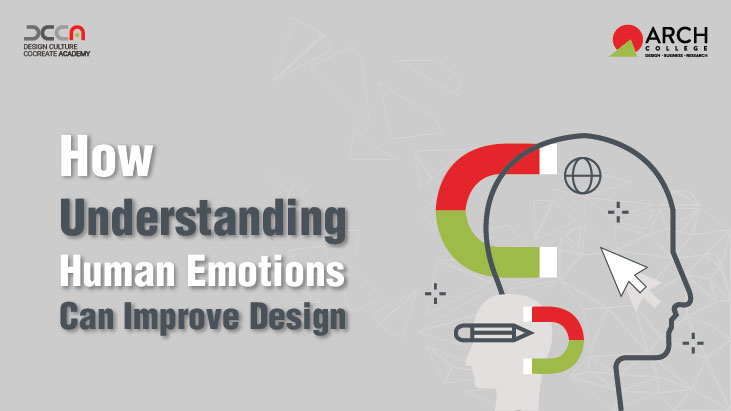Design is not just about aesthetics and functionality, but it is also about creating an emotional connection with users. Understanding human emotions can significantly improve the design process, making the design more effective and user-friendly. Emotions play a critical role in user experience, and designing for emotions can lead to a more engaging and successful design.
One of the ways that understanding human emotions can improve design is by creating a design that connects with users emotionally. Users tend to connect more with designs that evoke emotions such as happiness, joy, or satisfaction. Designers can achieve this by using color, typography, and imagery to create an emotional connection. For example, using warm colors like yellow and orange can evoke a feeling of happiness, while using calm colors like blue and green can create a sense of relaxation.

Emotional Color Wheel
Understanding human emotions can also improve design by creating a design that is more intuitive and user-friendly. Emotions can influence how users perceive and interact with a design. For instance, users may experience frustration or confusion when a design is not easy to navigate. By understanding the emotions that users may experience, designers can create a more intuitive design. This can be achieved by using familiar icons, symbols, and user flows that make it easier for users to navigate the design.
Designers can also use empathy to create a more inclusive and accessible design. Empathy involves understanding and sharing the feelings of others. By understanding the emotions that different users may experience when using a design, designers can create a more inclusive and accessible design. This can be achieved by designing for individuals with disabilities or designing for users with varying cultural backgrounds.
Finally, understanding human emotions can improve the design by creating a more memorable and impactful design. Emotions can leave a lasting impression on users, and designers can leverage this to create a more impactful design. This can be achieved by using storytelling techniques, imagery, and other elements to evoke strong emotions that resonate with users.
In conclusion, understanding human emotions is crucial to creating effective and engaging designs. By designing for emotions, creating an intuitive and accessible design, and creating a memorable and impactful design, designers can create a user experience that resonates with users and enhances their overall experience.
